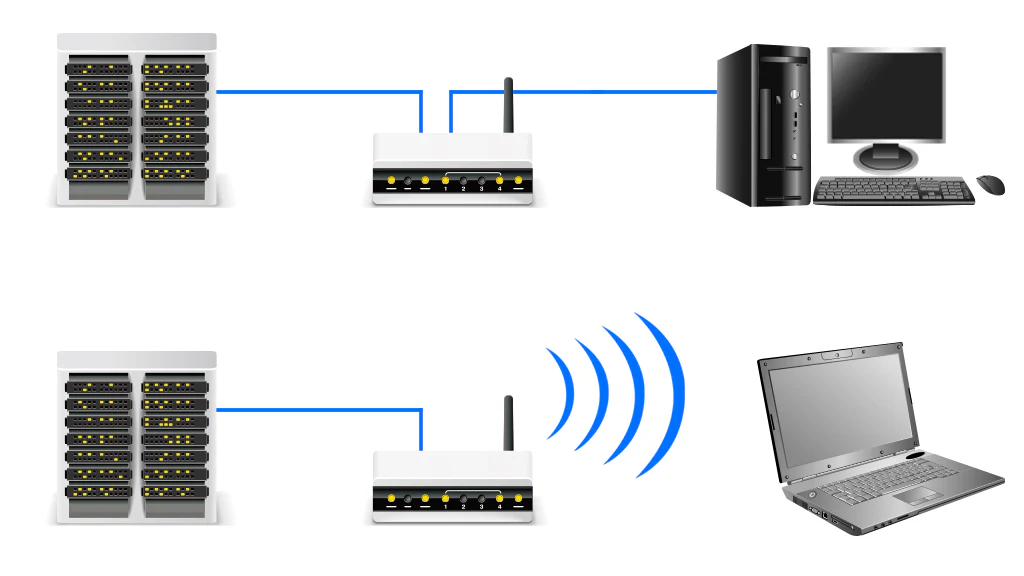
At $200 billion, the gaming industry is one of the most exciting sectors in technology globally because of its relevance to culture, entertainment, and social networking. PC, console, and mobile gaming companies across the globe are pushing the boundaries of innovation and leveraging advanced technologies to offer immersive gaming experiences to more than 3 billion gamers. In India, there were 455 million online gamers in 2023, and 491 million gamers are expected to contribute to the sector’s growth to approximately $3.49 billion in 2024.
The gaming industry is not just about playing games online but also watching some of the best gamers compete through online streaming platforms such as Twitch and Mixer. Moreover, gaming has emerged as a career option. In India, the government has recognized esports as a sport, and it is a medal event at the Commonwealth and Asian Games. While the sector grows at unprecedented levels, it is important to recognize that the developments in broadband technology back this revolution in gaming. High-speed broadband connections have opened up new possibilities in gaming.
Given that gamers are competing and making careers out of online gaming, there is a heightened relevance attached to the kind of internet connection they use, especially when the stakes are high. Since gamers need a connection that doesn’t fail during peak hours, there has been an ongoing debate over the pros and cons of wired and wireless internet connection. A WiFi connection through a router suffices for most gamers. In contrast, dedicated gamers opt for an Ethernet Cable directly connected from the router to their gaming device to minimise lags and connectivity problems. Wired connections tend to be more stable and reliable, preventing fluctuations in connectivity during inclement weather conditions. Nevertheless, wireless connections provide the convenience of playing from anywhere in your home.
Let’s compare the two across parameters:
Speed
For high-speed internet on both wired and wireless connections, one must first have a subscription to the high-speed internet plan so that online gaming is not hindered. A WiFi connection provides decent speed, but it might drop if multiple devices are connected to it. So, if someone is playing while using WiFi, they must make sure that there are no other devices connected to the WiFi. On the other hand, a wired connection doesn’t allow showering network bandwidth with other devices, so the whole bandwidth is dedicated to one single device. This ensures that while playing, there will be no change in the speed of the connection. One must note that the kind of cable they use also ascertains the connection’s speed.
Latency
Latency can be measured using applications that track ping rates, measured in milliseconds (ms). Ideally, it should be 50 ms or lower. While selecting between wired or wireless, one can compare the ping rates of the two because online games have high-end graphics that require a stable network for smooth movements throughout the game. High latency can affect the overall gaming experience as the data travels slowly from the router to the gaming device. As a gamer, one must go for a connection that ensures low latency. The latency increases when the distance between the router and the device is more, and both wireless and wired connections can experience latency. WiFi connections are more likely to experience high latency compared to wired connections.
Security and Reliability
Ethernet typically offers greater reliability compared to WiFi since it is less affected by environmental factors directly impacting signal strength, speed, and connectivity. Such factors can be the home layout features like ceilings, floors, and walls, as well as electronic appliances such as wireless peripherals, cordless phones, and microwaves. Additionally, various other signals, including multiple access points, Bluetooth devices, simultaneous network access by numerous devices, and channel congestion, can interfere with wireless connectivity. These factors can disrupt WiFi, leading to signal degradation and occasional dropouts. While reestablishing a dropped signal is usually straightforward, it can lead to unintended consequences during gaming, such as lost progress or incomplete actions.
Ethernet connections also tend to be more secure since compromising them typically requires physical access to the system. While WiFi security continues to advance, it remains more vulnerable due to the wireless transmission of data.
Convenience
Wired connections are at risk of cable damage and require maintenance for modems and routers. In contrast, wireless connections offer gaming convenience by eliminating cable wear and tear concerns, allowing gaming from any part of the house with a strong WiFi signal. Troubleshooting issues like latency and slow upload speeds is simpler with a wired internet connection. However, identifying problems can be more challenging with a wireless setup.
Wireless connections are ideal for mobile gaming and handheld devices, while wired connections are better suited for laptops, computers, and gaming consoles due to their easy compatibility with Ethernet cables.
Conclusion
Both WiFi and wired connections come with their own set of advantages and disadvantages. Wireless connectivity provides a convenient gaming experience, allowing the use of portable devices anywhere with a WiFi signal, eliminating the need to navigate around cables. In contrast, wired connections deliver the utmost gaming experience, offering consistently solid performance and simpler troubleshooting. They are particularly well-suited for PCs and consoles with readily accessible Ethernet ports. The crucial aspect lies in the connection type and the quality of internet services provided by the ISP. Therefore, it’s imperative to select internet services that offer reliability, security, and a reputation for high-speed performance.
(This article has been contributed by ACT Fibernet CMO Ravi Karthik and AnimationXpress does not necessarily subscribe to these views.)


